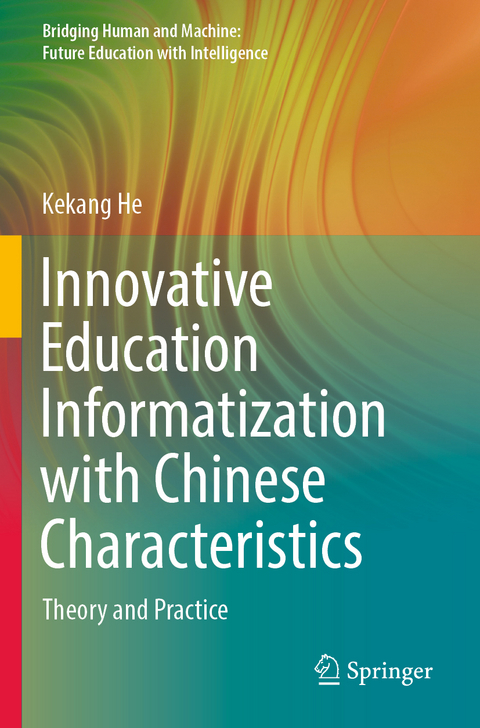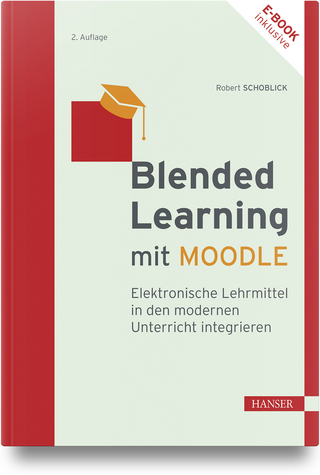
Innovative Education Informatization with Chinese Characteristics
Springer Verlag, Singapore
978-981-19-0624-4 (ISBN)
Kekang He (1937-2021) was a professor at Beijing Normal University and the first doctoral supervisor in the field of educational technology in China. He served as the Director of Modern Educational Technology Research Institute of Beijing Normal University. For many years, Professor He and his research team havd been engaged in the fields of education informatization engineering, primary and secondary school teaching reform experiment, and education innovation theory. At the same time, he had explored innovation education theory in the Internet era, gradually creating a new educational theory based on creative thinking theory, information technology and curriculum integration theory, children’s thinking development theory, language sense theory (a new theory on children’s language development), and constructivist teaching design theory.
Part I. Theory of Innovative Education Informatization with Chinese Characteristics Supported by Six Pillars.- Chapter 1. Foundation Theory of Training Creative Talents—Theory of Creative Thinking.- Chapter 2. Support for Integration of Information Technology and Subject Teaching: New Constructivism.- Chapter 3. Theory of Integration of Information Technology and Subjects Teaching in Curriculum.- Chapter 4. A New Theory of Teaching Design for Integration of Information Technology and Subjects Teaching.- Chapter 5. An Innovative Teaching Theory Supporting Mother Tongue Teaching Quality—the New Theory of Children’s Thinking Development.- Chapter 6. An Innovative Teaching Theory Supporting Foreign Language Teaching Quality—Language Sense Theory (the New Theory on Children’s Language Development).- Part II. Strategies to Achieve the Goal of Informatization of Innovative Education with Chinese Characteristics: Advocate and Implement Maker Education System with Chinese Characteristics.- Chapter 7. The Reason for Advocating Maker Education with Chinese Characteristics.- Chapter 8. Implementing Maker Education with Chinese Characteristics.- Chapter 9. Deep Learning in Maker Education with Chinese Characteristics.- Part III. Chinese-style Flipped Classroom Widely Applied in China.- Chapter 10. Why Chinese-Style Flipped Classroom.- Chapter 11. Essential Features of Flipped Classroom from Perspectives of China.- Chapter 12. Implementation of Chinese-Style Flipped Classroom and Relevant Cases.
| Erscheinungsdatum | 13.06.2023 |
|---|---|
| Reihe/Serie | Bridging Human and Machine: Future Education with Intelligence |
| Zusatzinfo | 11 Illustrations, color; 10 Illustrations, black and white; XV, 460 p. 21 illus., 11 illus. in color. |
| Verlagsort | Singapore |
| Sprache | englisch |
| Maße | 155 x 235 mm |
| Themenwelt | Schulbuch / Wörterbuch ► Unterrichtsvorbereitung ► Unterrichts-Handreichungen |
| Sozialwissenschaften ► Pädagogik ► Schulpädagogik / Grundschule | |
| ISBN-10 | 981-19-0624-6 / 9811906246 |
| ISBN-13 | 978-981-19-0624-4 / 9789811906244 |
| Zustand | Neuware |
| Haben Sie eine Frage zum Produkt? |
aus dem Bereich


